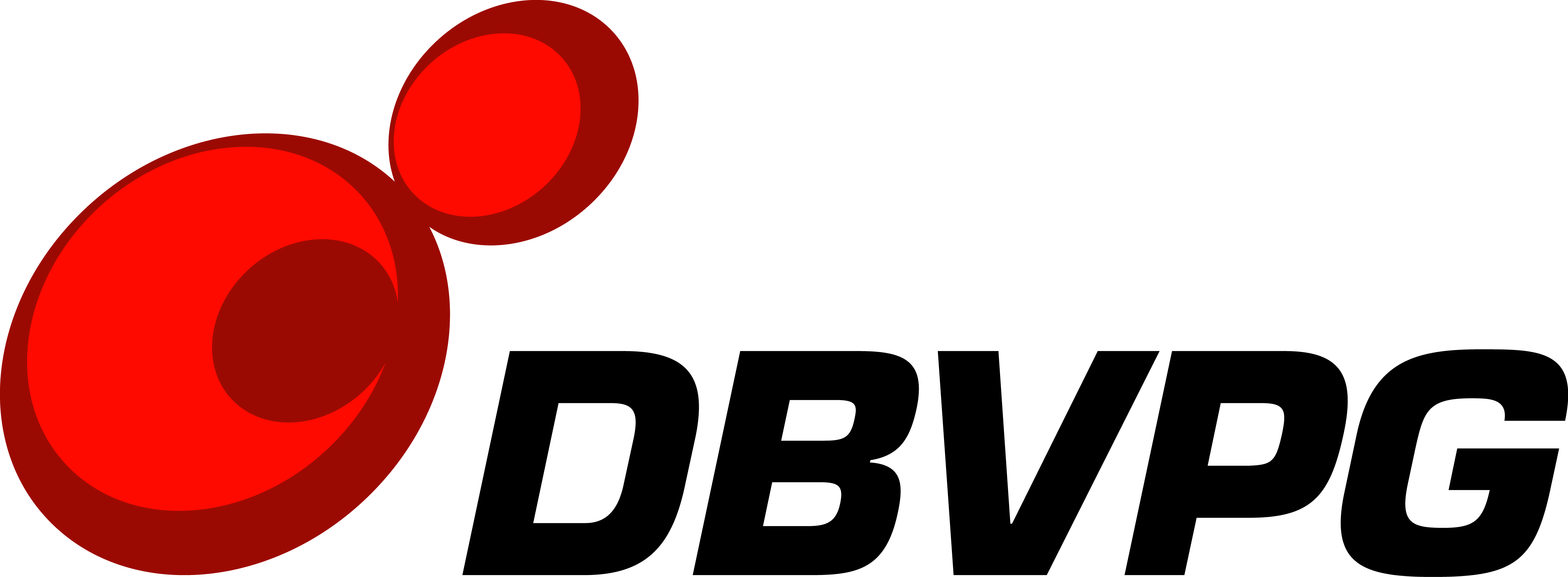Taxon Name
Saccharomyces paradoxus Bachinskaya
Accession number
6411
Form of supply
agar slant
Synonymous
Zygosaccharomyces paradoxus (Bachinskaya) Klöcker, Saccharomyces cerevisiae Meyen ex E.C. Hansen var. terrestris Jensen, Saccharomyces cerevisiae Meyen ex E.C. Hansen var. tetrasporus (Beijerinck ex Dekker) Phaff et al., Saccharomyces douglasii Hawthorne
Restrictions on use
For research use only
Nagoya protocol compliance conditions
Not under the scope of the CBD and the Nagoya protocol
Other Collections numbers
CBS 432; CCRC 22587; IFO 10609; IGC 4570; NCYC 2600; NRRL Y-17217; CLIB 228; MUCL 31498; AS 2.2401
Risk Group
1
GMO
No
Status of the strain
Isotype of Saccharomyces paradoxus Bachinskaya
Received from
CBS, Delft, The Netherlands
Date of deposit
16/10/1986
LSU (D1/D2)
GenBank U68555
18S rRNA
GenBank X97806
ITS1&2
GenBank Z95933
Recommended growth temperature
25°C
Recommended growth medium
YPDA (Yeast Extract Peptone Glucose Agar)
References
Masneuf et al.. New Hybrids between Saccharomyces Sensu Stricto Yeast Species Found among Wine and Cider Production Strains. Appl.Environ.Microbiol. (1998), 64: 3887-3892 DOI: 10.1128/AEM.64.10.3887-3892.1998
Dandjinou et al.. A phylogenetically based secondary structure for the yeast telomerase RNA. Curr.Biol. (2004), 14: 1148-1158 DOI: 10.1016/j.cub.2004.05.054
Naumov. Dokl.Acad.Nauk.SSSR (1986), 291: 754-757
Kurtzman, Robnett. Phylogenetic relationships among yeasts of the ‘Saccharomyces complex’ determined from multigene sequence analyses. FEMS Yeast Res. (2003), 3: 417-732 DOI: 10.1016/S1567-1356(03)00012-6
Kodama et al.. Isolation and characterization of the HO gene from the yeast Saccharomyces paradoxus. FEMS Yeast Res. (2003), 4: 51-57 DOI: 10.1016/S1567-1356(03)00152-1
Johnson et al.. Population Genetics of the Wild Yeast Saccharomyces paradoxus. Genetics (2004), 166: 43-52 DOI: 10.1534/genetics.166.1.43
James et al.. A phylogenetic analysis of the genus Saccharomyces based on 18D rRNA gene sequences: Description of Saccharomyces kunashirensis sp. nov. and Saccharomyces martiniae sp. nov.. Int.J.Syst.Bacteriol. (1997), 47: 453-460 DOI: 10.1099/00207713-47-2-453
Montrocher et al.. Phylogenetic analysis of the Saccharomyces cerevisiae group based on polymorphisms of rDNA spacer sequences. Int.J.Syst.Bacteriol. (1998), 48: 295-303 DOI: 10.1099/00207713-48-1-295
Piskur et al.. Structure and genetic stability of mitochondrial genomes vary among yeasts of the genus Saccharomyces. Int.J.Syst.Bacteriol. (1998), 48: 1015-1024 DOI: 10.1099/00207713-48-3-1015
Steels et al.. Zygosaccharomyces lentus sp. nov., a new member of the yeast genus Zygosaccharomyces Barker. Int.J.Syst.Bacteriol. (1999), 49: 319-327 DOI: 10.1099/00207713-49-1-319
Yamagishi et al.. Differentiation between brewing and non-brewing yeasts using a combination of PCR and RFLP. J.Appl.Microbiol. (1999), 86: 505-513 DOI: 10.1046/j.1365-2672.1999.00691.x
Kurtzman et al.. Multigene phylogenetic analysis of pathogenic Candida species in the Kazachstania (Arxiozyma) telluris complex and description of their ascosporic states as Kazachstania bovina sp. nov., K. heterogenica sp. nov., K. pintolopesii sp. nov., and K. slooffiae. J.Clin.Microbiol. (2005), 43: 101-111 DOI: 10.1128/JCM.43.1.101-111.2005
Tornai-Lehoczki, Dlauchy. Lett.Appl.Microbiol. (1996), 23: 227-230
Gouliamova, Hennebert. Mycotaxon (1998), 56: 337-353
Kellis et al.. Sequencing and comparison of yeast species to identify genes and regulatory elements. Nature (2003), 423: 241-254 DOI: 10.1038/nature01644
Zou et al.. The Saccharomyces Ty5 retrotransposon family is associated with origins of DNA replication at the telomeres and the silent mating locus HMR. Proc.Natl.Acad.Sci.US (1995), 92: 920-924 DOI: 10.1073/pnas.92.3.920
Goddard, Burt. Recurrent invasion and extinction of a selfish gene. Proc.Natl.Acad.Sci.US (2000), 96: 13880-13885 DOI: 10.1073/pnas.96.24.13880
Vaughan-Martini. Saccharomyces paradoxus comb. nov., a Newly Separated Species of the Saccharomyces sensu stricto Complex Based upon nDNA/nDNA Homologies. Syst.Appl.Microbiol. (1989), 12: 179-182 DOI: 10.1016/S0723-2020(89)80012-8
Rodrigues de Sousa et al.. The Significance of Active Fructose Transport and Maximum Temperature for Growth in the Taxonomy of Saccharomyces sensu stricto. Syst.Appl.Microbiol. (1995), 18: 44-51 DOI: 10.1016/S0723-2020(11)80447-9
Dandjinou et al.. A phylogenetically based secondary structure for the yeast telomerase RNA. Curr.Biol. (2004), 14: 1148-1158 DOI: 10.1016/j.cub.2004.05.054
Naumov. Dokl.Acad.Nauk.SSSR (1986), 291: 754-757
Kurtzman, Robnett. Phylogenetic relationships among yeasts of the ‘Saccharomyces complex’ determined from multigene sequence analyses. FEMS Yeast Res. (2003), 3: 417-732 DOI: 10.1016/S1567-1356(03)00012-6
Kodama et al.. Isolation and characterization of the HO gene from the yeast Saccharomyces paradoxus. FEMS Yeast Res. (2003), 4: 51-57 DOI: 10.1016/S1567-1356(03)00152-1
Johnson et al.. Population Genetics of the Wild Yeast Saccharomyces paradoxus. Genetics (2004), 166: 43-52 DOI: 10.1534/genetics.166.1.43
James et al.. A phylogenetic analysis of the genus Saccharomyces based on 18D rRNA gene sequences: Description of Saccharomyces kunashirensis sp. nov. and Saccharomyces martiniae sp. nov.. Int.J.Syst.Bacteriol. (1997), 47: 453-460 DOI: 10.1099/00207713-47-2-453
Montrocher et al.. Phylogenetic analysis of the Saccharomyces cerevisiae group based on polymorphisms of rDNA spacer sequences. Int.J.Syst.Bacteriol. (1998), 48: 295-303 DOI: 10.1099/00207713-48-1-295
Piskur et al.. Structure and genetic stability of mitochondrial genomes vary among yeasts of the genus Saccharomyces. Int.J.Syst.Bacteriol. (1998), 48: 1015-1024 DOI: 10.1099/00207713-48-3-1015
Steels et al.. Zygosaccharomyces lentus sp. nov., a new member of the yeast genus Zygosaccharomyces Barker. Int.J.Syst.Bacteriol. (1999), 49: 319-327 DOI: 10.1099/00207713-49-1-319
Yamagishi et al.. Differentiation between brewing and non-brewing yeasts using a combination of PCR and RFLP. J.Appl.Microbiol. (1999), 86: 505-513 DOI: 10.1046/j.1365-2672.1999.00691.x
Kurtzman et al.. Multigene phylogenetic analysis of pathogenic Candida species in the Kazachstania (Arxiozyma) telluris complex and description of their ascosporic states as Kazachstania bovina sp. nov., K. heterogenica sp. nov., K. pintolopesii sp. nov., and K. slooffiae. J.Clin.Microbiol. (2005), 43: 101-111 DOI: 10.1128/JCM.43.1.101-111.2005
Tornai-Lehoczki, Dlauchy. Lett.Appl.Microbiol. (1996), 23: 227-230
Gouliamova, Hennebert. Mycotaxon (1998), 56: 337-353
Kellis et al.. Sequencing and comparison of yeast species to identify genes and regulatory elements. Nature (2003), 423: 241-254 DOI: 10.1038/nature01644
Zou et al.. The Saccharomyces Ty5 retrotransposon family is associated with origins of DNA replication at the telomeres and the silent mating locus HMR. Proc.Natl.Acad.Sci.US (1995), 92: 920-924 DOI: 10.1073/pnas.92.3.920
Goddard, Burt. Recurrent invasion and extinction of a selfish gene. Proc.Natl.Acad.Sci.US (2000), 96: 13880-13885 DOI: 10.1073/pnas.96.24.13880
Vaughan-Martini. Saccharomyces paradoxus comb. nov., a Newly Separated Species of the Saccharomyces sensu stricto Complex Based upon nDNA/nDNA Homologies. Syst.Appl.Microbiol. (1989), 12: 179-182 DOI: 10.1016/S0723-2020(89)80012-8
Rodrigues de Sousa et al.. The Significance of Active Fructose Transport and Maximum Temperature for Growth in the Taxonomy of Saccharomyces sensu stricto. Syst.Appl.Microbiol. (1995), 18: 44-51 DOI: 10.1016/S0723-2020(11)80447-9
Request information
Insert your data to get information about this yeast
